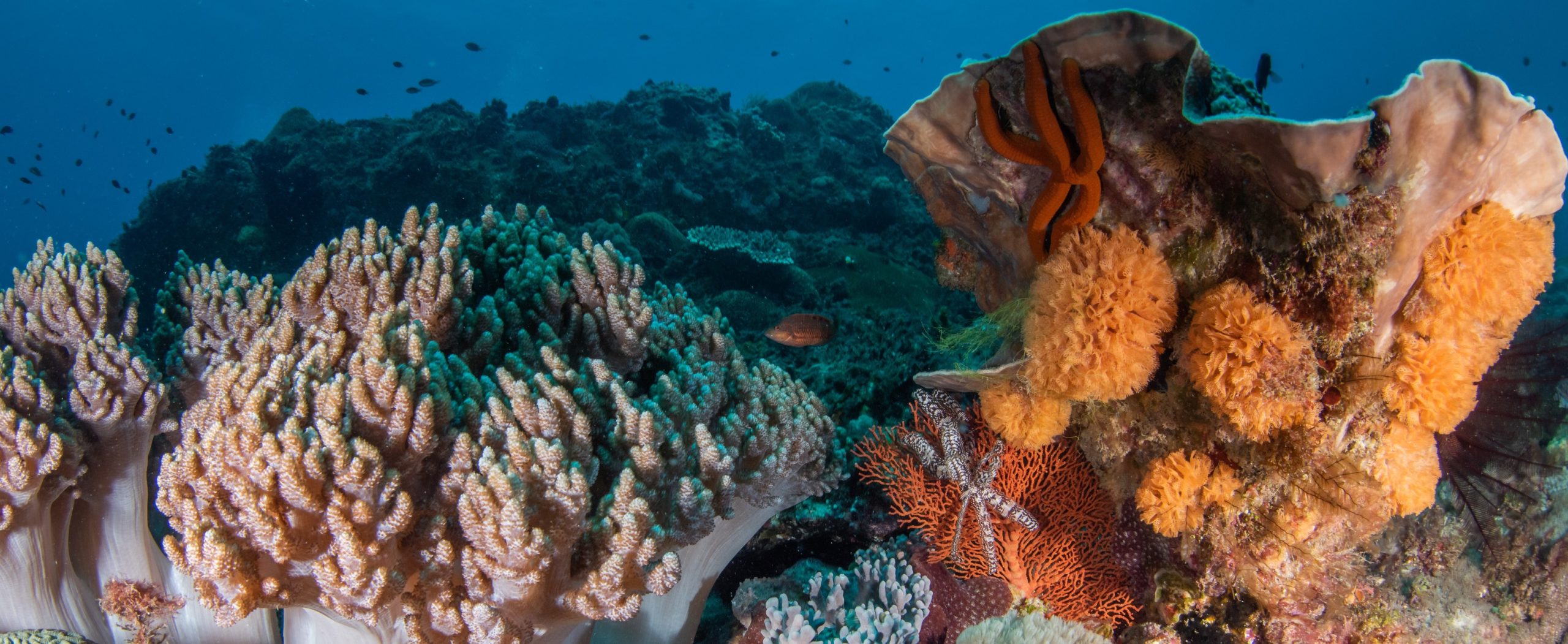Marine fish communities are highly diverse, including all trophic levels of consumers and contributing to many ecosystem processes. Understanding the specific functional roles of many fish species and the importance of different prey groups for sustaining fish communities has, however, been limited by the historical classification of fishes into a few coarse trophic guilds. Using detailed diet information to perform a high-resolution trophic classification of 298 temperate reef fish species distributed across south-western Australia, we built a metacommunity trophic network to evaluate the most important trophic relationships and energy pathways. We identified 26 specialized trophic guilds within the broader groups of herbivores, zoobenthivores, zooplanktivores, piscivores and cleaners. Zoobenthivorous fishes had the highest species richness and trophic diversity with 191 species in 9 guilds. Micro-crustaceavores, decapodovores, mixed-crustaceavores, and crustacea-wormivores showed greater species richness and therefore redundancy at the metacommunity level. In contrast, a low redundancy of echinodermivores could represent a risk to local capacity for top-down control of sea-urchins across the region. Finer-scale analysis of prey at the family level showed that piscivorous guilds may influence different trophic pathways, with some consuming other piscivorous fishes, and others at lower trophic levels, particularly crustaceavores. Evidence of potential predation on herbivorous guilds was only found for turf grazers, suggesting that fish herbivory might not function as a significant energy-transfer link between primary producers and higher trophic levels. Among the prey consumed by fishes, micro-crustaceans and decapods accounted for 33% of all diet proportions. The importance of macrophytes to the fish community likely resides indirectly through the trophic pathway of herbivorous and detritivorous invertebrates, particularly crustaceans, which are much more highly consumed by fishes than macrophytes themselves. These higher resolution predator-prey interactions represent important steps in increasing our understanding of the blue-print of ecosystem functions in shallow marine systems. Identifying the specific trophic significance of different consumers and prey groups is crucial for ecological forecasting and the prioritization of conservation and resource management regulations in our current fast-changing world.
